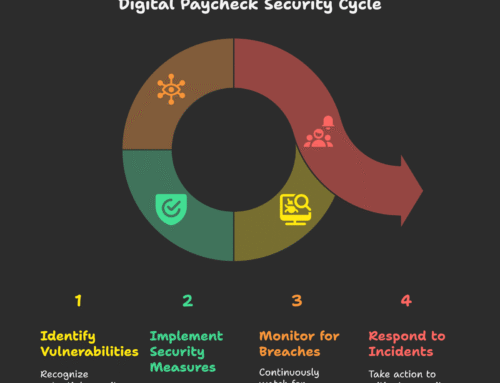Health and happiness are tightly linked, and when we focus on them together, other benefits like productivity and satisfaction emerge. Unfortunately, modern working conditions are less than stellar for maintaining optimal health and happiness.
We’ve all heard about how bad sitting all the time is for our health and well-being, and the scary thing is that it can affect everything from our muscles and back to our organs and ability to think clearly and be productive. Mortality rates also rise when people sit all day—in a study tracked over 8 years, the people who watched the most TV had a 61% higher mortality risk than people who watched less than an hour a day. Sitting can be deadly, and most of us are trying to do less of it.
Also read: How An Employer Can Promote A Healthy Lifestyle at Work
If you’re worried about your employees’ health, wellness, and productivity, then you may have considered purchasing standing desks or treadmill desks for the office. These desks can be a big investment, and it’s important to consider the different types available and the potential impact they could have for employee health. Are standing desks really worth it for your office? Let’s check out the options.
Not Proven
Though at first glance, standing desks may seem like the perfect solution to the problems that sitting all day can cause, that’s not necessarily the case. Currently, standing desks are more of a trend than a scientifically-based method for offsetting the effects of sitting. Some worry about the effects of standing all day as well—an argument against standing desks.
The bottom line is that there really isn’t much research into the benefits of standing desks, and using them is not necessarily better for your employees than using the equipment they already have. With that said, some people really like standing desks, and find that they personally experience benefit. If you’re not sure whether to make the investment, make sure to do a poll to gauge interest before you start researching different options.
Types of Standing Desks
Designers have gotten creative when it comes to standing or activity-based desks. There are lots of different options, and it can sometimes be difficult to choose. If you are in the market for standing desks, take your time to do some research, and consider the accessories you’ll need to keep people comfortable—gel mats for example. You will also want to learn best practices for using the desks—it’s important to start slowly and build up endurance when you first make the switch.
Adjustable Standing Desks
Very few people want to stand ALL day, so it’s a good idea to choose an adjustable standing desk to give your employees options. Some models easily transform from standing to sitting desks and back again, providing flexibility and variety. This is especially important in the beginning, when employees are getting used to their new desks.
Also see: [Infographic] How Health Impacts Productivity
Treadmill Desks
Treadmill desks are a great idea in theory, but there are a few drawbacks to consider. First, they require maintenance. If something breaks down, it will need to be fixed—which can get expensive. Walking while working can also get distracting, potentially cutting down on productivity. Finally, though it’s sometimes easier on the feet and joints to walk instead of stand for long periods of time, you’d be hard-pressed to find employees who want to walk all the time. It might be better to get a few of these desks and allow people to rotate on and off.
Under-Desk Elliptical
An under-desk elliptical may not get employees off their feet, but they can provide some activity. As an added bonus, they don’t have to be used constantly—they’re there when you need them.
Other Furniture Substitutes
Health-conscious changes to the office furniture doesn’t have to mean new desks. Sitting on exercise balls can sometimes help employees maintain good posture and provide more activity than sitting alone. Some people who fidget also like to be able to bounce up and down as they work.
Standing Desks Won’t Solve Inactivity
Standing desks may be a good option for some employees, and it’s great to offer them as an option. However, the people who are most likely to want them are probably already focused on health and fitness. You can’t make standing desks compulsory, and a standing desk isn’t going to fix health problems that are already there. Offering standing desks or treadmill desks is a great option, but so is offering comprehensive healthcare, fitness programs, and gym reimbursement.
There are lots of ways to help your employees lead healthier lives—and getting them off their feet in the office is just one of many ways you can do that—while respecting individual beliefs and preferences. Giving options allows people to pick and choose what works for them, leading to a happier, more productive workforce long term.
Download the eBook and get practical ideas on designing employee engagement activities for your team!
Image liensed from Depositphotos.com






Thanks for the info on standing desks. I recently got one at work and I am working up to standing 3-4 hours per day. Your advice about getting an adjustable desk is spot on. One of my colleagues has a standing-only desk, and sometimes standing all day is too much. If my desk works out well, my employer may offer them to others. It’s good to read about some of the pros and cons.